Posted by Bob Lefebvre
In 1992, Peter Sherrington and Des Allen serendipitously discovered that large numbers of Golden Eagles and other raptors were migrating along a corridor on the front ranges of the Rocky Mountains in Kananaskis. Prior to this it was thought that not many Golden Eagles migrated. Peter and a group of volunteers began observing and recording the migrating birds. Over the next ten years they observed over 80,000 Golden Eagles (plus over 16,000 other raptors from 17 other species) passing through the corridor.
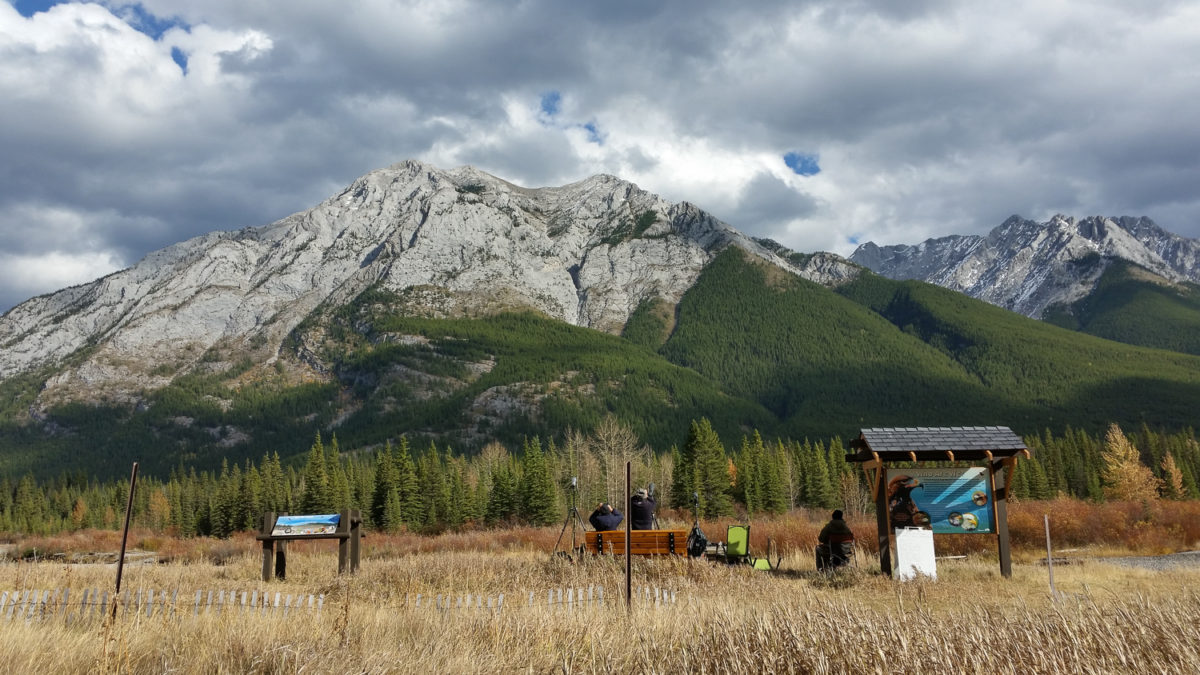
The Rocky Mountain Eagle Research Foundation, a non-profit organization, was set up with the goal of increasing knowledge of Golden Eagle, Bald Eagle and other raptor migrations in Western Canada. For over thirty years the foundation has organized spring and fall migrant watches at three sites in the foothills.
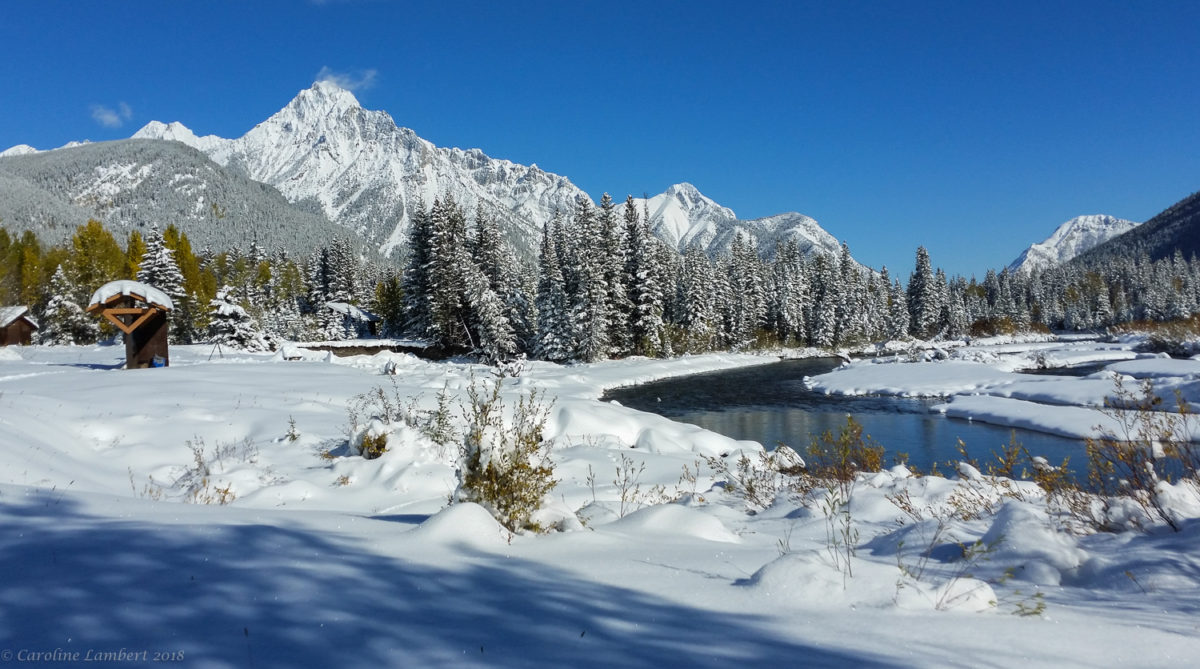
Caroline Lambert, one of the Principal Observers, is appealing for new volunteers to join the team of observers. Anyone can join the observers at the sites to help – it’s a very interesting place to visit and I encourage anyone with any interest to get in touch with the foundation and see where and when to go – but they also have a need to recruit more volunteers who can commit to observing for full days at regular times.
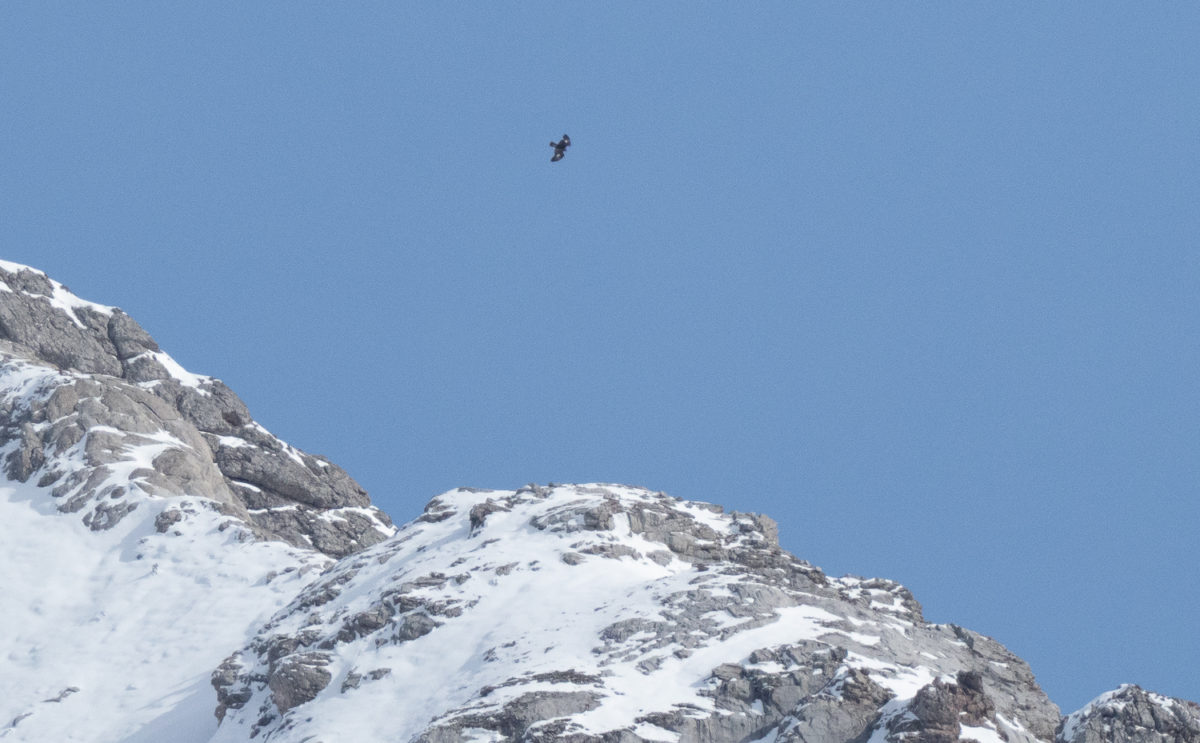
Here is Caroline’s description of what is involved, and the rewards of taking part in this important project.
___________________________________________________________________
It’s a deep connection to nature like no other. Going to the same place regularly and staying there for a full day allows the birds and other animals to come to you, and over time you witness how the season changes, oh so gradually. That’s what it’s like at the semiannual eagle migration count in Kananaskis. A casual visitor, coming for a few hours at the peak of migration, will see just a snapshot of this. They might witness a few dozen eagles flying by, maybe a Red-tailed Hawk or Northern Goshawk, the usual chickadees, nuthatches, maybe the American Dipper. If they’re lucky, they might see some elk, or a moose, or deer grazing in the meadow. But the long-time observers have seen just about everything the area has to offer. Eighteen different species of raptor have been seen at the site, mostly eagles, but also Turkey Vultures, Ospreys, harriers, five different species of hawk, five species of falcons, and the three accipiters, with Northern Goshawk an almost daily occurrence. While cougar sightings have been admittedly very rare, most of us have seen all the other mammals in the area, including wolves and lynxes.
The eagle count at Kananaskis, run by the Rocky Mountain Eagle Research Foundation, has been running for over 30 years, and many of the older observers are no longer able to help out. We’re looking for dedicated people to help fill our ranks. We appreciate everyone who shows up with a pair of binoculars to help spot birds, but what we need most are people who will commit to a regular schedule, first as an Assistant Observer, and later as a Principal Observer. The Assistant Observer only needs to be able to spot birds and describe to the Principal where the birds are so the Principal can ID them, but the Principal Observer needs to be able to identify all the raptors that fly by. It takes some time to acquire the skills to do that – usually our Principal Observers start out as Assistant Observers and learn on the job, which is the best way to learn – out in the field, with an experienced person at your side. This isn’t for everyone as you need to be out at the site all day (mid-morning until sunset for assistants, sunrise to sunset for principals), constantly scanning the skies, and the weather can be a challenge, but for those who do this regularly, the rewards that keep us coming back and looking forward to the next season are there – the sighting of a wolf, or a Gyrfalcon, or one of those glorious days when hundreds of eagles fly by. We smile when the dipper comes by, almost every day, dipping as dippers do, and often singing. We marvel at the bluebirds, robins, and Varied Thrushes that show up in mid-March when it still seems too cold for them. It keeps us coming back season after season – not just for what we witness, but knowing that we are contributing to our knowledge of raptor demographics, especially eagles, as citizen scientists.
Even if you can’t help out, then donations to help compensate observers for expenses would be much appreciated.
The spring 2022 eagle migration count starts on March 1 and runs until April 22. Detailed information, including location and how to get there and how to donate, can be found on the website at eaglewatch.ca.
Hope you see you out there.
Caroline Lambert, Canmore
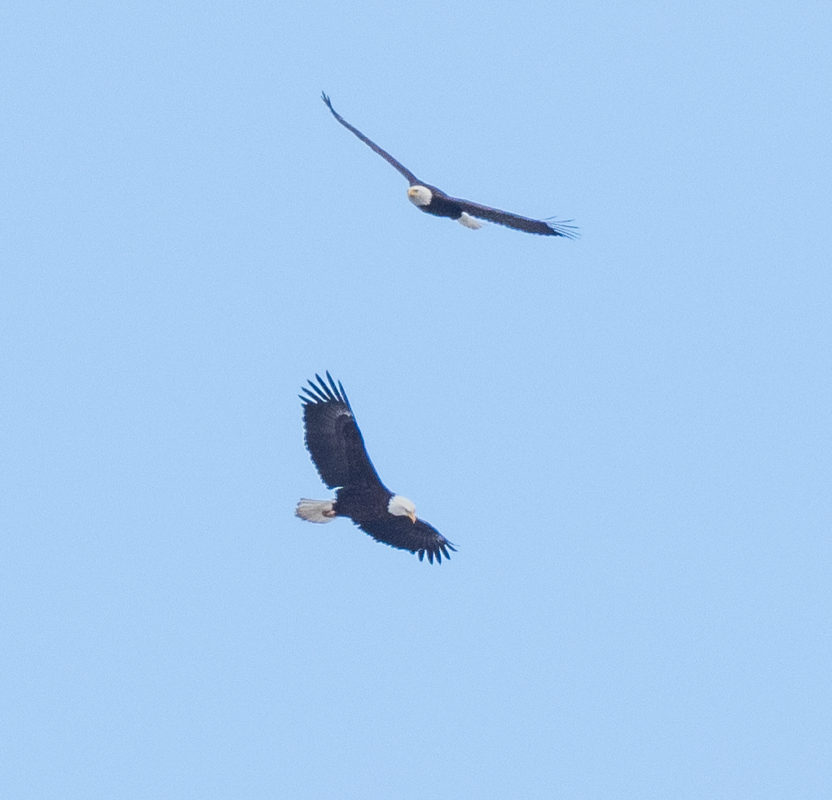
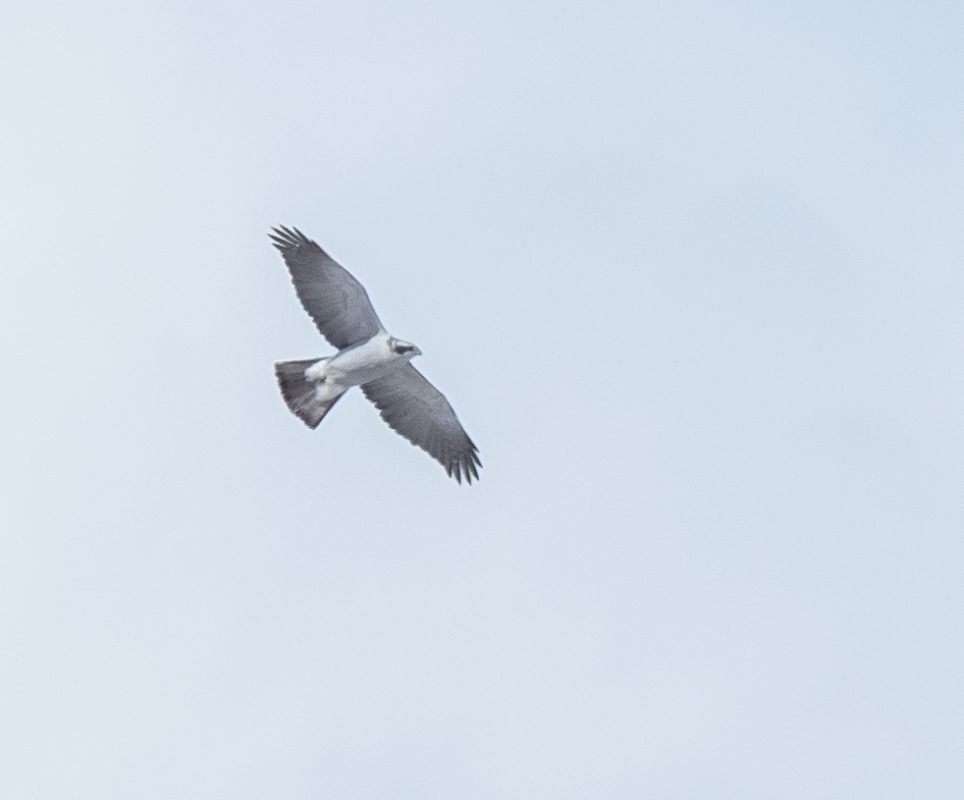
____________________________________________________________
Please check out the website – it’s full of fascinating observation records and a history of the counts. And even if you can’t get out to the sites yourself, you can support the project with a donation, or purchase a lifetime membership for just $20!